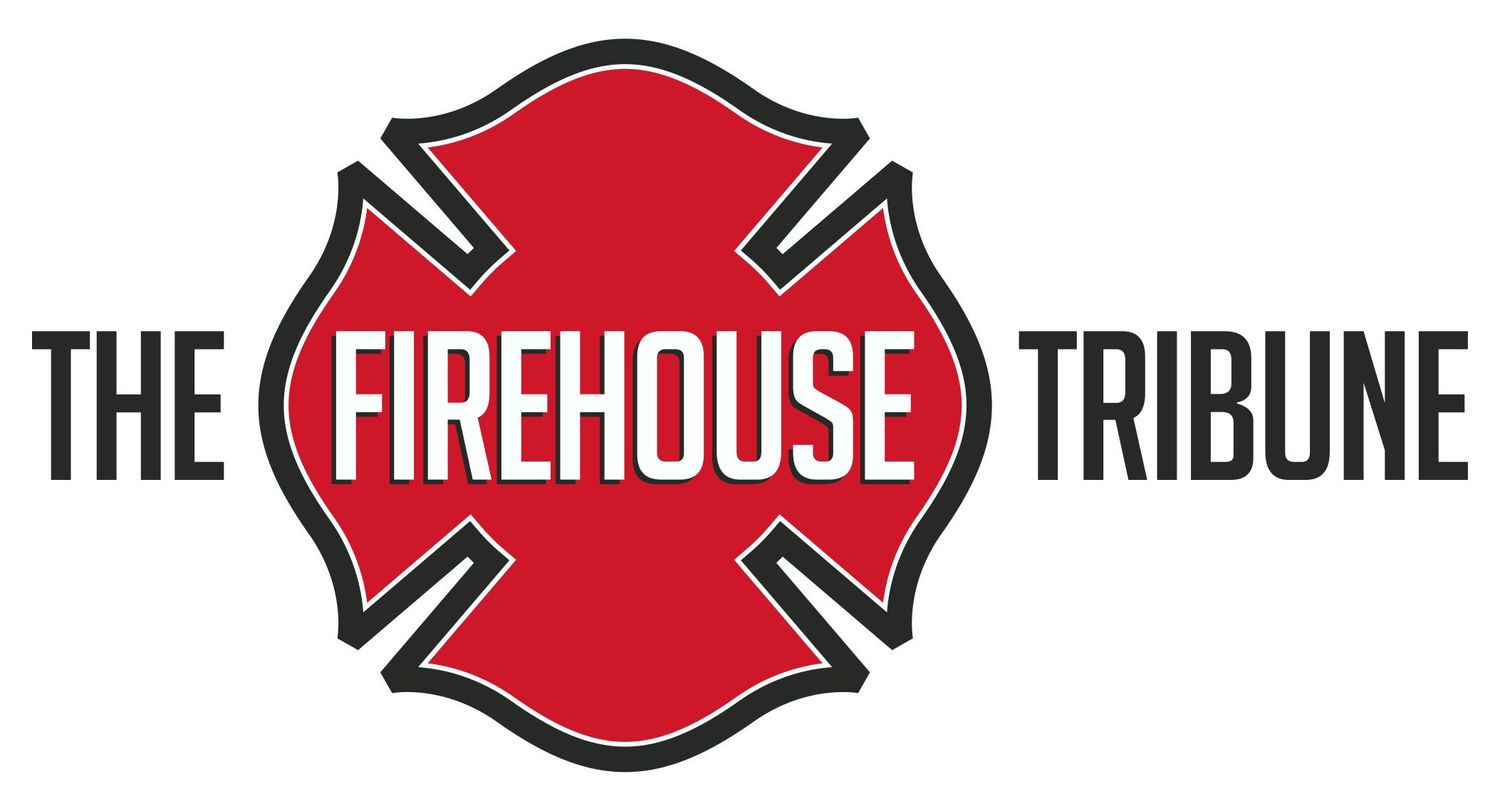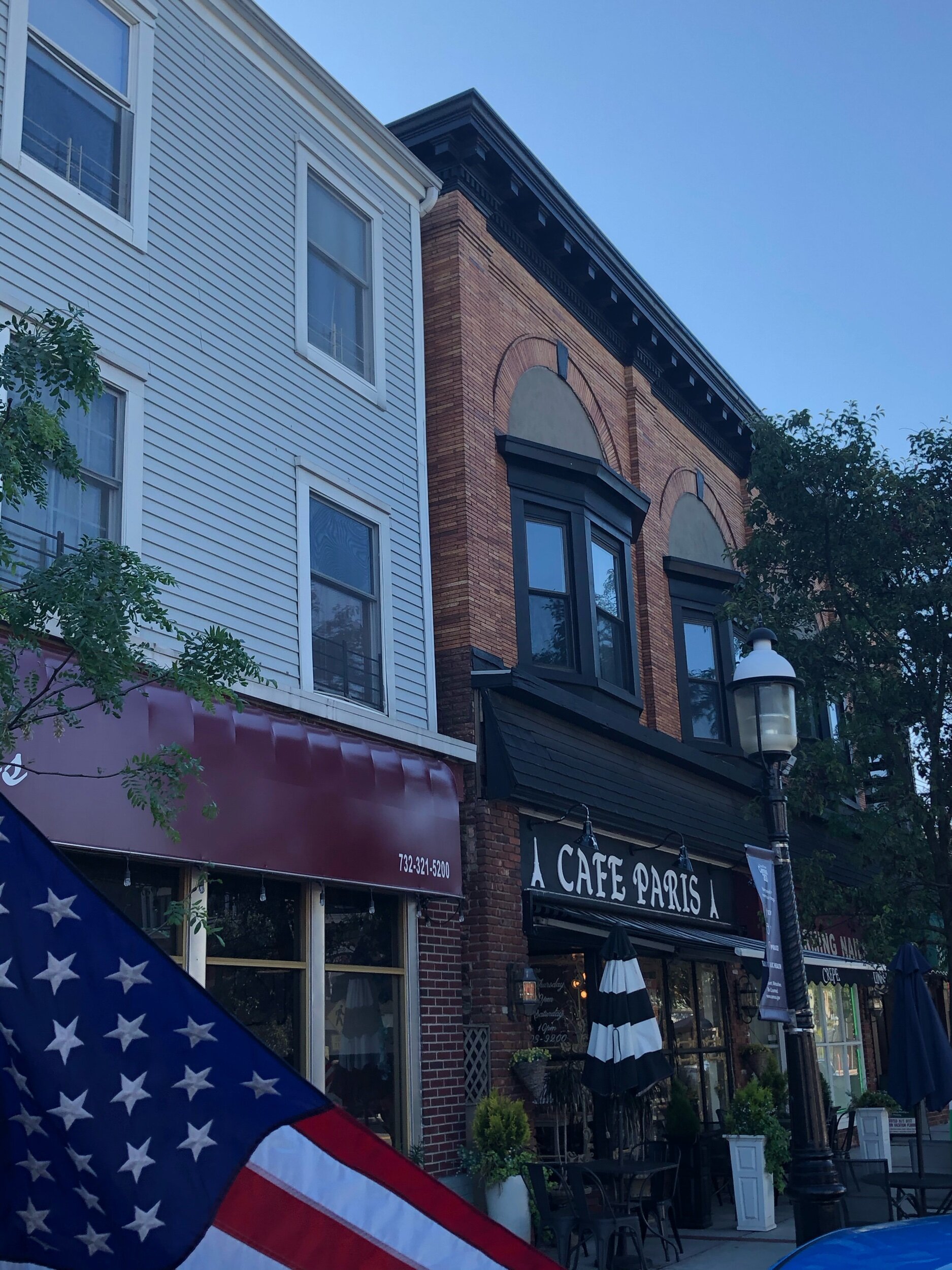Engine Work Beyond the Nozzle: Responsibilities You Can't Overlook
When most firefighters think of engine company work, the first image that comes to mind is the nozzle firefighter—charging through smoke and extinguishing fire. But the reality is, that success doesn't happen without the silent choreography behind it. From securing the water supply to managing pump pressures, advancing hose lines, and supporting searches, engine company operations are a team effort where every position plays a pivotal role. Overlooking these responsibilities weakens the entire operation. In this article, we'll break down the often-overlooked tasks that make up the backbone of solid engine work because great fireground performance starts with mastering the basics beyond the nozzle.
Hydrant Operations and Water Supply
A fire attack is only as strong as its water source. That's why securing a reliable supply is one of the most critical and often underestimated tasks in engine company operations. The hydrant firefighter must act quickly, decisively, and with precision. From choosing the right hydrant to ensuring it's flushed and fully open, every step affects the engine's ability to deliver consistent water to the nozzle.
There's also an art to laying in: whether the officer calls for a forward lay or the engine company chauffeur (ECC) sets up a reverse lay, the decision should be based on distance, terrain, and available staffing. A sloppy stretch or a missed hydrant can delay the attack or leave crews vulnerable if the initial tank water runs dry. Hydrant operations may not be glamorous, but they are the lifeline of the fireground. Trust between the control firefighter and the pump operator is non-negotiable. It's a bond that keeps water flowing and crews safe inside.
Pump Operations and ECC Responsibilities
The engine company chauffeur is the engine company's nerve center, quietly controlling the fire attack's heartbeat. While firefighters inside are battling heat and smoke, the operator is outside, ensuring they have exactly what they need: the correct pressure, flow, and uninterrupted water. Mastering the pump panel goes far beyond knowing what lever to pull. It requires a deep understanding of friction loss, nozzle requirements, elevation changes, and how each impacts flow dynamics.
Equally important is apparatus positioning. A few feet too far from the hydrant or an awkward angle to the structure can slow down operations and compromise safety. The operator must constantly monitor multiple lines, anticipate water needs, and remain adaptable if conditions change. This isn't a "set it and forget it" role; it's an active, high-responsibility position that demands calm under pressure and ongoing training. When the crew inside hits a snag, they look to the operator to keep the system strong. A sharp operator isn't just pushing buttons. They're the support system for the engine company's operation.
Line Advancement and Support Firefighters
Photo: Kyle Lutz - IG: Kyle_Lutz937
Behind every effective nozzle firefighter is a team making that push possible. The backup and control positions are the unsung heroes of interior operations tasked with keeping the line moving, managing slack, clearing kinks, and maintaining communication throughout the advance. A charged hose line is heavy, unforgiving, and easily hung up on doorways, furniture, or staircases. Without solid support, even the best nozzle firefighter can be rendered ineffective.
The backup firefighter works directly behind the nozzle, helping absorb recoil and ensure the stream stays steady and directed. Further down the line, the control firefighter manages the hose outside the structure or at the entry point, feeding slack, clearing snags, and adjusting as the team advances. When these roles are correctly completed, the attack is smooth and efficient. When they're neglected, the line stalls, water flow is compromised, and momentum is lost. Line advancement is a full-team effort built on trust, timing, and technique.
Forcible Entry and Search Support
While truck companies are traditionally tasked with forcible entry and search, engine crews must be ready to step into those roles, especially when arriving first or operating without immediate truck support. Gaining access quickly can mean the difference between rescue and recovery, and it falls on the engine to make it happen when time is critical. Every firefighter on the engine should be proficient with basic forcible entry tools like the irons, a set of hydraulic tools, or a K-tool. Knowing how to force a door efficiently and without excessive damage is a skill that pays dividends in both speed and safety.
Beyond entry, engine crews often assist in primary search operations, especially when the truck company is delayed or stretched thin. That means understanding search techniques, maintaining orientation, and coordinating with other crews to avoid redundancy or missed areas. Being an engine firefighter doesn't excuse someone from developing truck-based skills; it reinforces their versatility. Fire doesn't wait for perfect assignments, and the best engine companies are ready for anything, from entry to overhaul.
Overhaul and Secondary Duties
Photo: Kyle Lutz - IG: Kyle_Lutz937
Once the fire is knocked, the work is far from over, and engine companies play a significant role in what happens next. Overhaul is more than just breaking things apart; it's a methodical search for smoldering materials and hidden pockets of fire. Engine crews should approach overhaul with the same urgency and attention to detail as the initial attack. Thermal imaging cameras, hand tools, and charged lines remain in play as firefighters peel back ceilings, walls, and flooring to ensure complete extinguishment.
Beyond overhaul, engine firefighters often assist in ventilation, salvage, and even support operations for fire investigation. Protecting property, preserving evidence, and creating safer working environments are all part of the job. These secondary duties might not carry the same adrenaline rush as the push to the seat of the fire, but they are essential to a complete operation. A disciplined engine company doesn't pack up after the fire is extinguished. They stay until the scene is truly secure.
Accountability and Communication
A disciplined engine company isn't just effective; they're accountable. Maintaining crew integrity on the fireground is non-negotiable. Every member should know who they're working with, their assignment, and where they should be. This starts with a solid riding assignment system and continues with ongoing verbal and visual check-ins during the operation. When the smoke thickens and chaos builds, accountability becomes the anchor that keeps firefighters safe and commanders informed.
Clear, concise communication bridges what's happening inside and the decisions being made outside. Engine crews must be proficient on the radio, not just in knowing how to use it but also in knowing what to say, when to say it, and how to make transmissions useful. Communication should be intentional and timely, whether relaying progress on the line, requesting water, reporting hazards, or calling for relief. In an environment where seconds count, and conditions evolve rapidly, strong communication and crew discipline separates a smooth operation from a dangerous one.
Training and Company Drills
Engine company excellence doesn't happen by chance. It's built through consistent, realistic training. Every firefighter should be cross-trained in nozzle work, hydrant hookup, pump operations, and support roles. That way, when staffing is tight, or assignments shift on the fly, the crew can adapt without hesitation. Training should go beyond pulling lines in a parking lot; it must reflect real-world challenges such as tight hallways, long stretches, cluttered interiors, low visibility, and water supply issues.
Regular company drills help build rhythm and trust. They refine communication, reinforce expectations, and expose weaknesses before they become problems on the fireground. Even simple evolutions like dry stretching lines, simulating kinks, or working on pump calculations can sharpen skills and boost crew confidence. The best engine companies train as they fight purposefully, frequently, and with pride in their craft. Because when things go wrong on the scene, the training keeps the crew moving forward.
Available for the Next Assignment
Engine company operations are often judged by what happens at the nozzle, but that's only part of the picture. From securing water to running the pump, advancing the line, forcing doors, and overhauling the scene, every role is essential to a successful fireground outcome. A nozzle firefighter may take the fight to the fire, but they're only as effective as the crew supporting them. The engine company operates as a true team when each position is valued, trained for, and executed with pride.
Fireground success doesn't rely on heroics—it relies on consistency, preparation, and accountability. Great engine companies understand that excellence lives in the details and that the real work often happens outside the spotlight. Master the fundamentals, respect every assignment, and remember that engine work is more than just the nozzle. It's a coordinated effort that starts before the first drop of water hits the fire.
















